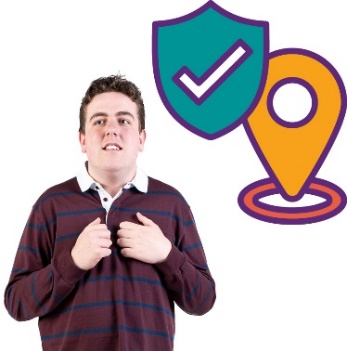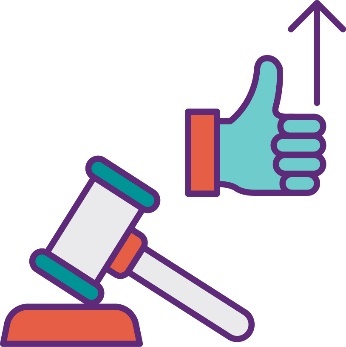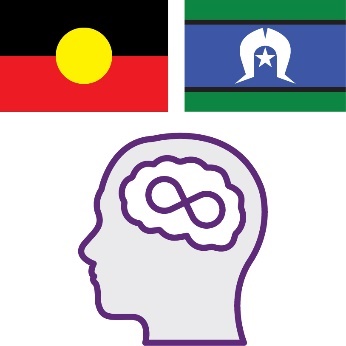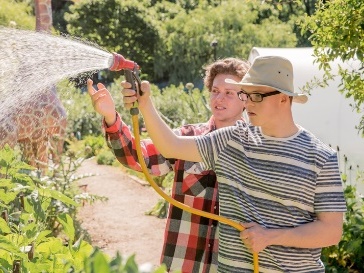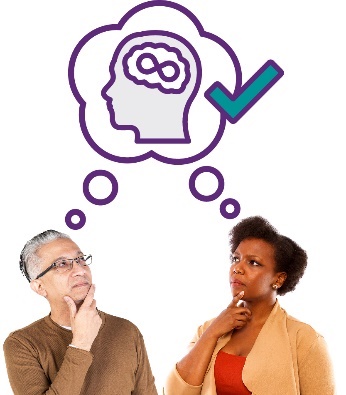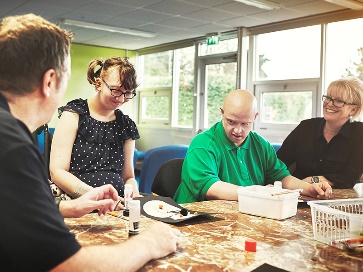1. Making communities more inclusive
|
|
When a community is inclusive, everyone:
|
|
|
|
Many Autistic people face challenges that stop them from being able to live how they want to. |
|
|
|
Sometimes Autistic people are told they can’t take part in certain activities. |
|
|
|
Many people don’t understand Autism. This means sometimes Autistic people don’t get the support they need. |
|
|
|
Information about Autism supports is often hard to understand. |
|
|
|
This means some Autistic communities are more at risk. For example, First Nations Autistic people. |
|
|
|
It can be harder for Autistic people to find somewhere to live that:
|
|
|
|
Autistic people are also more likely to be treated unfairly in the justice system. This happens because people who work in the justice system might not understand Autism. |
|
|
Our justice system includes:
|
|
|
Some Autistic people might experience different treatment because of intersectionality. This is when people treat you differently because of more than one thing about who you are. |
|
|
For example, because you:
|
|
|
Many Autistic people also feel like they have to mask their Autism. |
|
|
When you mask your Autism, you change how you behave to fit in with people who aren’t on the Autism spectrum. You might do this:
|
Areas our Strategy could focus on
|
|
Our Strategy could focus on supporting people to better understand:
|
|
|
When something is accessible, it is easy to:
|
|
|
We need to make information about Autism more accessible. This includes information about support that Autistic people and the families might need. |
Our Strategy could also focus on: |
|
|
|
|
|
|
|
|
|
|
|
|
|
Questions
|
|
What has stopped you from taking part in your community? |
|
|
How can we improve services so you can:
|
|
|
How can we help the community to understand Autism better? |
|
|
What does including Autistic people in the community:
|

















